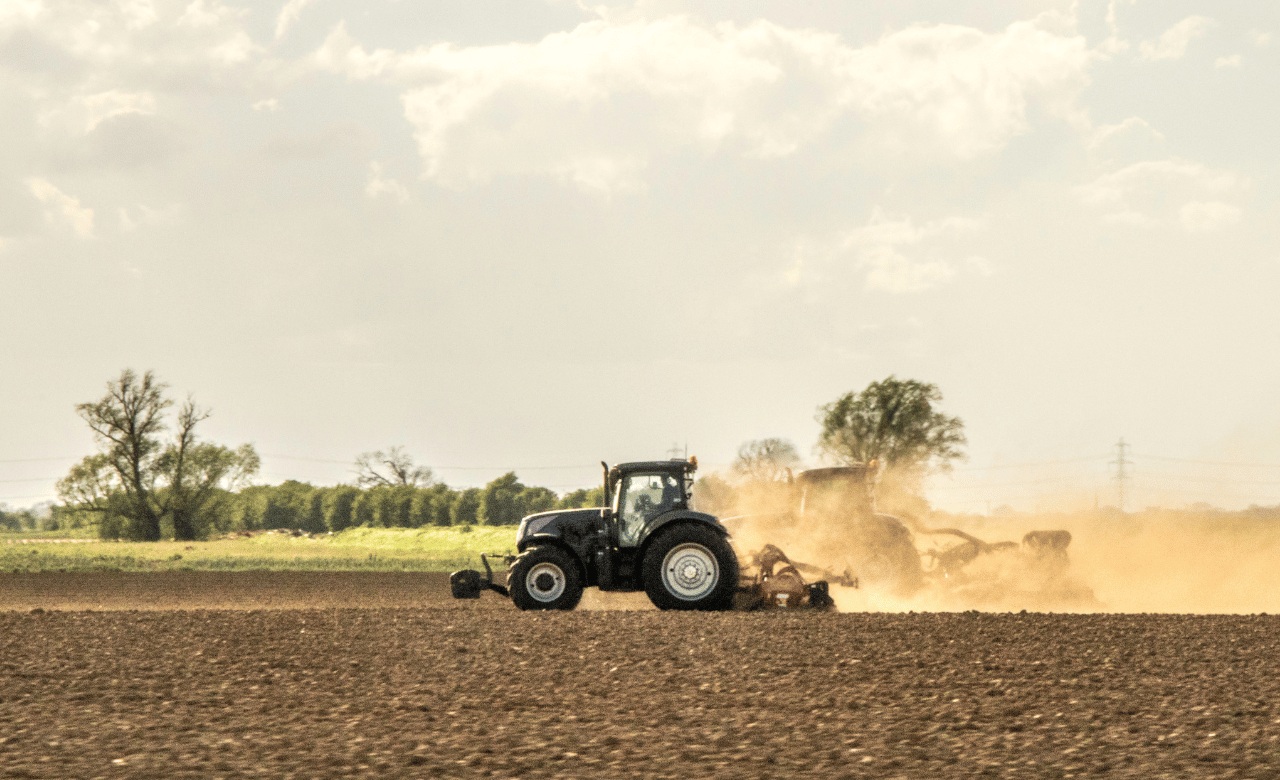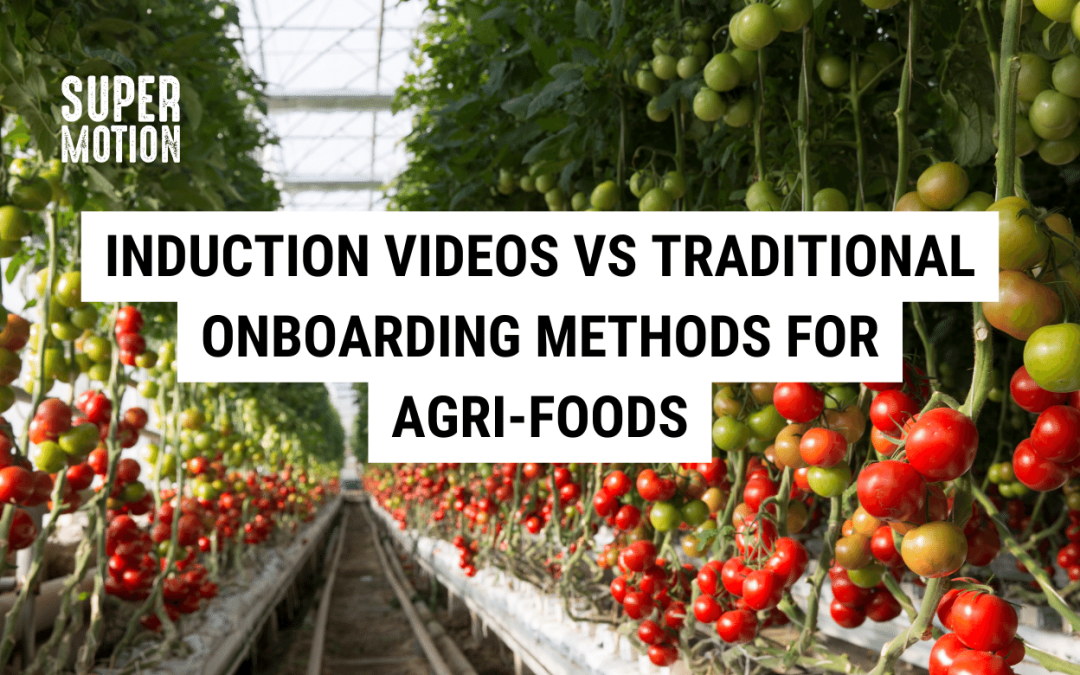
What Makes a Great Agri-Foods Explainer Video?
What Makes a Great Agri-Foods Explainer Video?
As a Marketing and Communications Manager in the Agri-Foods sector, you’re always looking for ways to effectively communicate with your target audience. One marketing tool that’s gained immense popularity in recent years is explainer videos.
An explainer video is an easy and engaging way to break down complex information into something that’s easy for your audience to understand. But, what makes a good Agri-Foods explainer video stand out from the mediocre ones?
In this blog post, we’ll dive into the essential elements of a great Agri-Foods explainer video and the impact they can have on your target audience.
Use of Relatable, Agriculture-Focused Narratives
The key to creating a great explainer video is to ensure it resonates with your audience. By incorporating agriculture-focused narratives that shed light on real-world industry problems, you can establish an immediate connection with your viewers. This relatability will captivate their attention and encourage engagement with your message.
Without agriculture-focused narratives addressing industry challenges, you risk disconnection and decreased attention from viewers. Engage your audience with a relatable message!
Emphasis on Farm-to-Fork Processes
In the Agri-Foods industry, bringing food from the farm to fork is crucial. By highlighting the journey from farm to fork, you can build trust and confidence in your brand. A well-executed Agri-Foods explainer video will demonstrate your dedication to quality and transparency at every step of the production process, leaving a lasting impression on your consumers.
Failing to prioritise quality and transparency may result in a loss of consumer trust and confidence. Without a clear demonstration of your commitment, consumers may question the integrity of your brand and seek alternatives.

Authentic Farm and Food Imagery
Visuals play a crucial role in an explainer video. When using genuine and high-definition imagery of farms and food products, you establish a strong connection with your audience.
When using low-quality or unrelated visuals, you risk losing your audience’s interest and trust. For instance, if a video about organic farming features stock footage of industrial farming practices, it can undermine the message and credibility of your brand.
Innovative Graphics Depicting Agri-Food Supply Chains
One of the challenges faced by the Agri-Foods industry is the complexity of the supply chain. By using innovative graphics that depict the entire process, you can break down the information into easily digestible pieces. This makes it easy for your audience to understand the various stages involved in bringing food from the farm to fork.
Without clear visuals, the supply chain can appear convoluted and difficult to comprehend. For many Agri-Foods businesses, their unique process is what distinguishes their product from their competitors. By failing to clearly explain this in a way your audience can understand, they may not appreciate how your process leads to a superior product.

Highlighting Sustainability and Organic Practices
Today’s consumers are increasingly mindful of the environment and their health. By emphasising your dedication to sustainable and organic practices, you can establish trust and credibility for your brand.
A well-crafted Agri-Foods explainer video has the power to demonstrate your brand’s commitment to sustainable agriculture and organic practices. This allows your audience to forge a stronger connection with your message.
If your explainer video does not highlight these practices, especially when it is significant to your brand, it may lead to a loss of trust and confidence in your brand.

Conclusion
Creating a great Agri-Foods explainer video requires careful planning and an understanding of your target audience.
By using relatable narratives, farm to fork processes, authentic imagery, innovative graphics, and highlighting sustainability, you can create an impactful video that resonates with your audience. The key is to make the video informative, engaging and visually appealing. When done right, your video can become an invaluable tool in your marketing toolbox.
To start your video journey book here for a strategy call or get in touch on 01225 970242.



Recent Comments